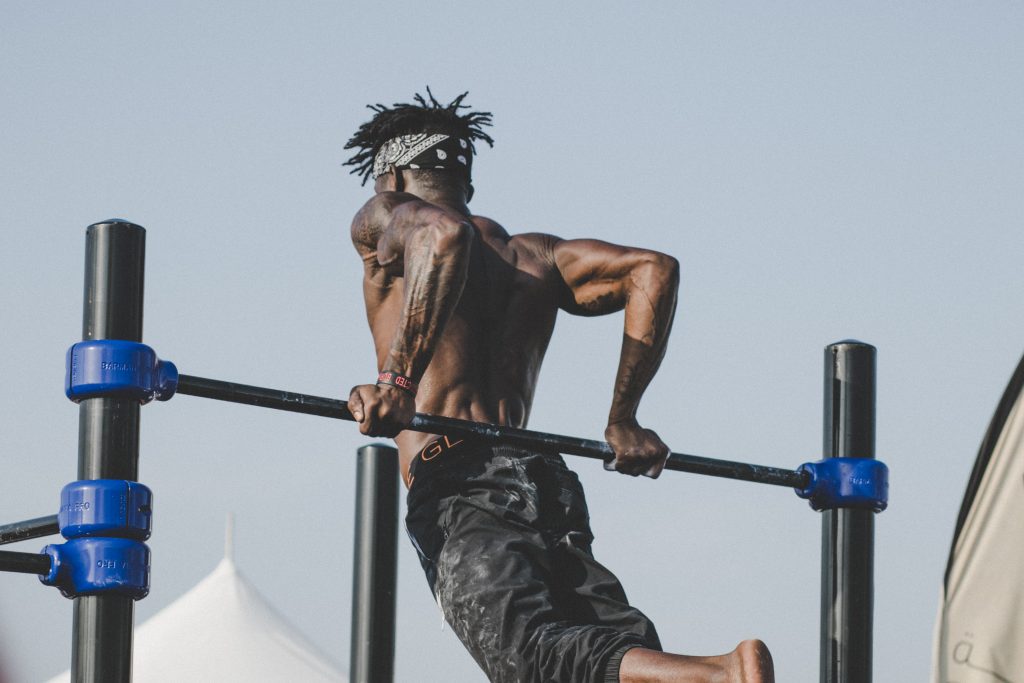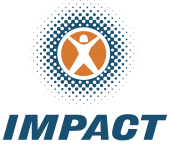
If you have ever woken with a stiff neck, experienced neck pain after a long day of working at your computer, or following a bout of exercise, you are not alone.
For mild neck pain, there a few basic ways that you can aim to alleviate, prevent and manage your symptoms.
NOTE:If however you experience severe and persistent neck pain or headaches, a change in sensation or strength in your upper limbs or face, or feeling dizzy, nauseous or faint, please see your GP or Physiotherapist for individualised assessment and treatment.
MORNING NECK STIFFNESS

- Avoid sleeping on your stomach at night- as this requires you to keep you head in a fixed and rotated position (either to the left or right) and can lead to stiffness when you first wake up and attempt to move your head away from the side you have slept on.
- Find a pillow that supports your neck and allows your head to rest heavily and comfortably into the pillow. A pillow that is too high and dense can cause your neck muscles to work too hard to keep your head heavy, thereby creating some neck discomfort!
- Avoid falling asleep on the couch with your neck resting in an awkward position.
- If lying on your side to sleep, ensure that your pillow allows your nose, breast bone and belly button to run along the same horizontal line.
- During an active period of neck stiffness, you may find lying on your back with a pillow that is flatter than normal, or in some cases, with no pillow at all for one or two nights, can give you neck muscles enough of a chance to relax and reset.
DESK BASED NECK PAIN

Good ergonomics are such an important way to ensure that our body can cope with the demands of desk and computer based work, without undue stress to the body. Ergonomics are all about fitting the task to the man and not the man to the task.
An individualised onsite ergonomic assessment is always a great investment and will involve reviewing your desk, chair, monitor and other commonly used items. Some basic tips to avoid neck pain:
- Chair- chose a chair with adjustable arms rests (placed in the lowest position), or preferably with no arm rests at all, as these can interfere with the natural and relaxed placement of your arms. If you arms are pushed up by the arm rests, this can translate to unnecessary elevation and tension in your shoulders and neck.
- Desk- The height of the desk should allow your upper arm to rest parallel with your torso, your elbow at 90 degrees, your forearm parallel with the ground and your wrist in neutral. A sit/stand work desk is a great way to reduce unnecessary prolonged time spent sitting.
- Monitor- The monitor shoulder be a height where your resting eye gaze is level with the junction of the top and middle third of the monitor. This can help reduce excessive chin poking and prolonged neck flexion or extension, which can lead to neck pain.
- If you have a laptop, consider using a laptop riser and a wireless keyboard.
EXERCISE AND FITNESS

Upper back and neck strength is important to achieve and maintain for daily functional activities. We can work on strength with light weights, TheraBand, kettlebells to name a few. Placement of the neck during exercise is crucial in ensuring it is kept as close to neutral as possible (except for stretching exercises aimed at releasing tension around the neck and shoulder muscles!). A few helpful points to consider whilst exercising:
- Avoid excessive or repetitive overhead movements with a weight or resistance that may cause increased tension in your neck.
- For exercises where you are lying down on your back or side, ensure adequate neck support from a towel, pillow or floor so that your neck can remain relaxed and uninvolved in the actual exercises.
- For exercises- such as a traditional situp, where the head and neck move with the exercise, allow the head to be gently cradled in your hands. Do not force or push your neck forward or use your neck to initiate the movement. The effort of the movement should come from your abdominal muscles.
- If the movement doesn’t usually involve supporting your head in your hands, but you feel you are using or loading your neck too much, support your head using one or both of your hands.
- For overhead movements or exercises where the arms are fully extended out, lower the weights or repetitions if you feel any strain in your neck.
- Incorporate both strength and endurance neck exercises into your routine.
AN INTRODUCTION IN HOW TO COPE WITH NECK PAIN- PART TWO -coming soon!
Part two will look at numerous stretches, exercise, postural advice and other tips on how to actively reduce your neck pain!
